
The Ice Age National Scenic Trail at the St. Croix River, by MDuchek at English Wikipedia. Licensed under Public Domain via Commons.
This year marks the 100th Anniversary of the National Park Service (NPS), being established on August 25, 1916. The national parks actually predate the establishment of the NPS. For example, the first national park, Yellowstone, was established in 1872. Prior to 1916, the National Parks and National Monuments were individually managed under the Department of the Interior. Today, the NPS consists of 483 administrative units, including National Parks, National Monuments, and other historic, cultural, and recreational sites.
To celebrate the anniversary, the American Radio Relay League is sponsoring an operating event known as National Parks On The Air (NPOTA) in which individual hams or groups of hams will operate from one of these 483 locations, and other hams at home will attempt to make contact with them. So far, the event has been a great success, with about 200 activations of individual parks, and more than 2300 hams making at least one contact with those parks.
For me, the most exciting part of this event is that it allows any ham to take part in a “Field Day” type event at any time during the year. Field Day is an annual event where hams set up portable stations at remote locations. These stations can be either simple or elaborate, and it is an extremely popular activity. But it only takes place once a year. NPOTA gives an opportunity for hams to engage in the same activity on very short notice.
Every state of the Union has at least one NPS site within its borders. Minnesota, for example, has Grand Portage National Monument, the Mississippi National River and Recreation Areas, the North Country National Scenic Trail, Pipestone National Monument, the Saint Croix National Scenic Riverway, and Voyageurs National Park. Two of these, along with one Wisconsin site, the Ice Age National Scenic Trail, are located conveniently to the Twin Cities, allowing an activation with little advance planning.
The two metro-area rivers, the Mississippi and St. Croix, are easy to activate because the NPOTA rules specify that the activating ham must be within 100 feet of the river. One particularly convenient spot to do this activation (although it leaves something to be desired for radio propagation) is Raspberry Island in St. Paul. It’s located just across (and partially underneath) the Wabasha bridge from downtown St. Paul, and most of the parking lot is within 100 feet of the river.
Last week, I did a very minimalist activation of this location, and worked 12 stations, running just 5 watts with my Yaesu FT-817 into a Hamstick mobile antenna
into a Hamstick mobile antenna mounted with a trunk mount
mounted with a trunk mount to the car. Despite the minimal station, I worked stations as far away as New Hampshire and Utah in less than a half hour, and then drove home in fifteen minutes.
to the car. Despite the minimal station, I worked stations as far away as New Hampshire and Utah in less than a half hour, and then drove home in fifteen minutes.
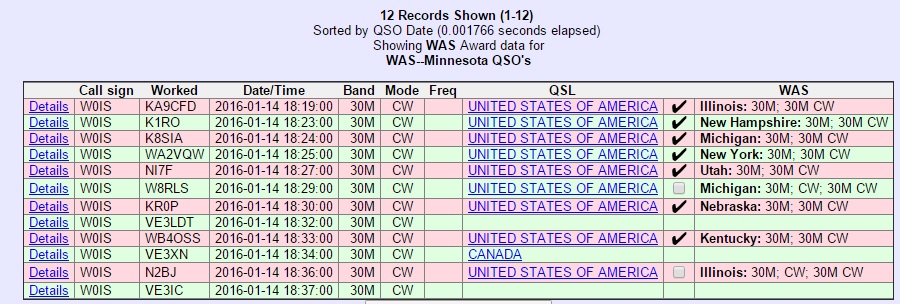 Winter weather precludes many outdoor operations, but even with cold temperatures, operating mobile from a warm car is a fun way to get out and get on the air. My next such operation will probably be from the Saint Croix Boom Site near Stillwater, where it appears that most of the parking lot is within the required 100 foot distance from the river.
Winter weather precludes many outdoor operations, but even with cold temperatures, operating mobile from a warm car is a fun way to get out and get on the air. My next such operation will probably be from the Saint Croix Boom Site near Stillwater, where it appears that most of the parking lot is within the required 100 foot distance from the river.
When the weather gets a bit warmer, I’ll probably also do some VHF activations of the Mississippi River from one of the bridges crossing the river between Highway 169 and Hastings, all of which appear to be in the NPS unit.
One NPS unit which I wasn’t even aware existed was the Ice Age National Scenic Trail in Wisconsin. It starts at the St. Croix River in Interstate State Park in St. Croix Falls, at the point shown above. Since the trail begins at the river, this spot actually counts for both NPS units. Under the NPOTA rules, activation of a scenic trail requires that the equipment be brought in by human power, so this one cannot be done mobile, and will probably wait until this summer. But it requires little advance preparation, it’s less than an hour from home, and I can be on the air working the pileups within a half hour of arriving.
Click Here For Today’s Ripley’s Believe It Or Not Cartoon

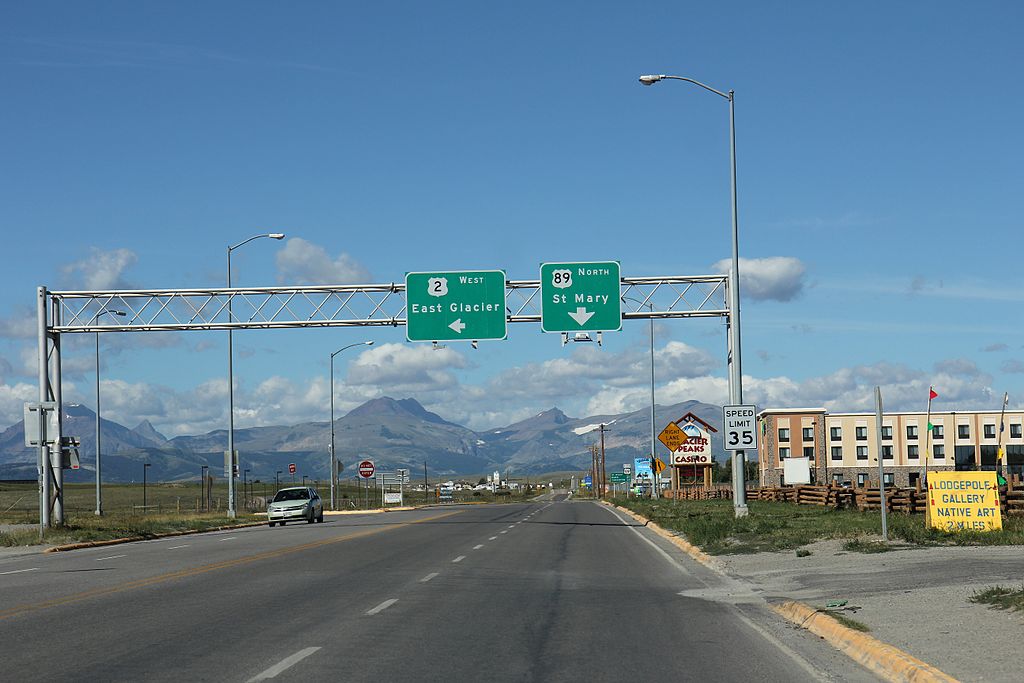
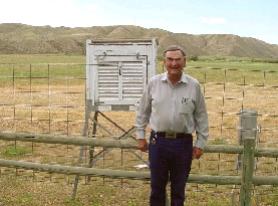



 Winter weather precludes many outdoor operations, but even with cold temperatures, operating mobile from a warm car is a fun way to get out and get on the air. My next such operation will probably be from the
Winter weather precludes many outdoor operations, but even with cold temperatures, operating mobile from a warm car is a fun way to get out and get on the air. My next such operation will probably be from the 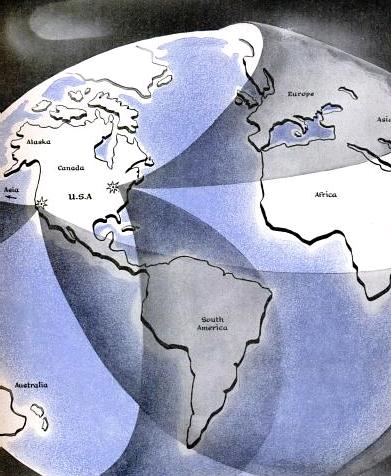
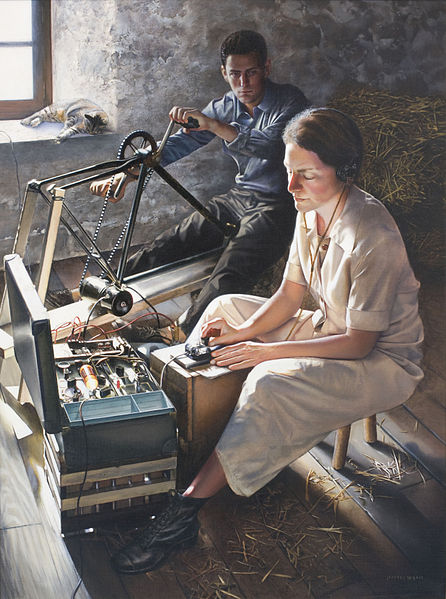
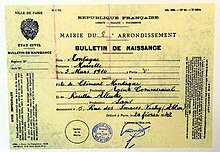
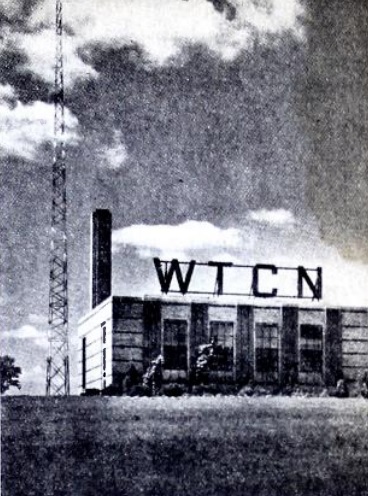
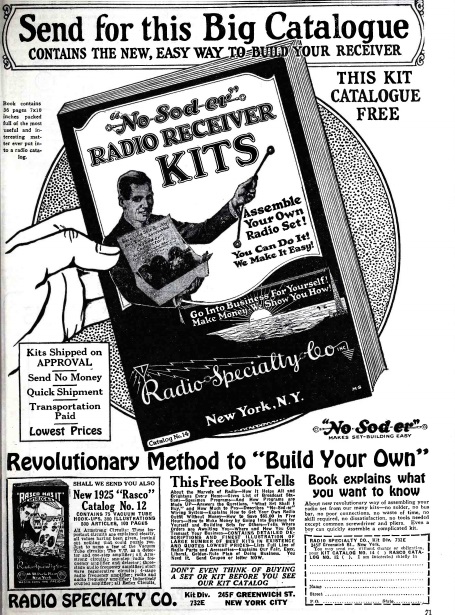
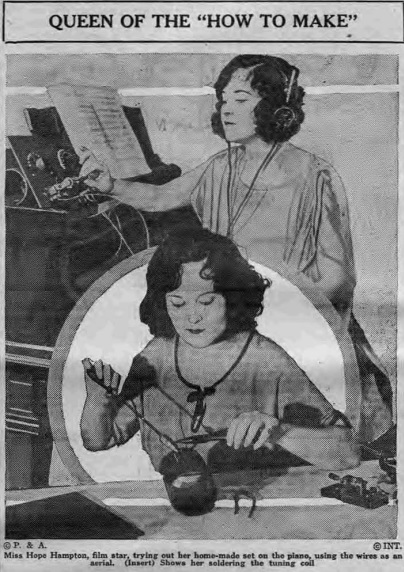 I’m not sure why, but some people have the idea that soldering is more complicated than it really is. Soldering is the process of splicing together two electrical connectors by melting over them a thin layer of metal, usually a mixture of tin and lead. In the photo shown here, movie star
I’m not sure why, but some people have the idea that soldering is more complicated than it really is. Soldering is the process of splicing together two electrical connectors by melting over them a thin layer of metal, usually a mixture of tin and lead. In the photo shown here, movie star 
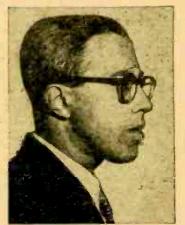
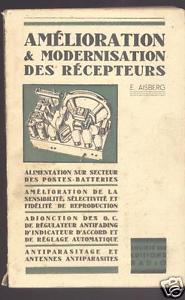
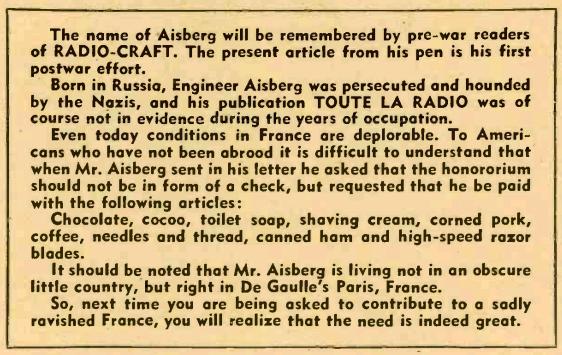

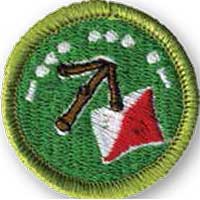 I’m a counselor in the
I’m a counselor in the